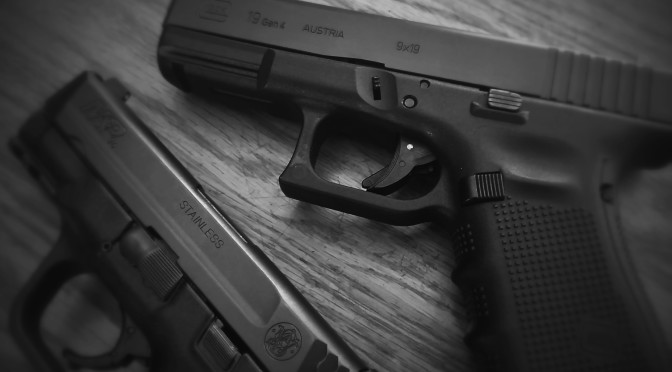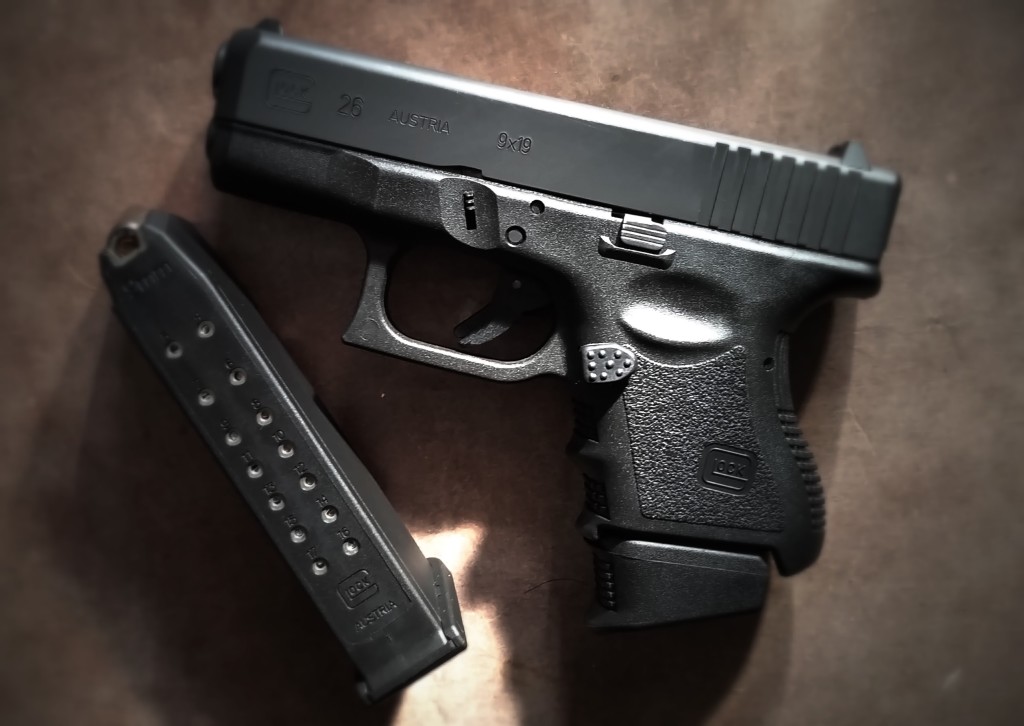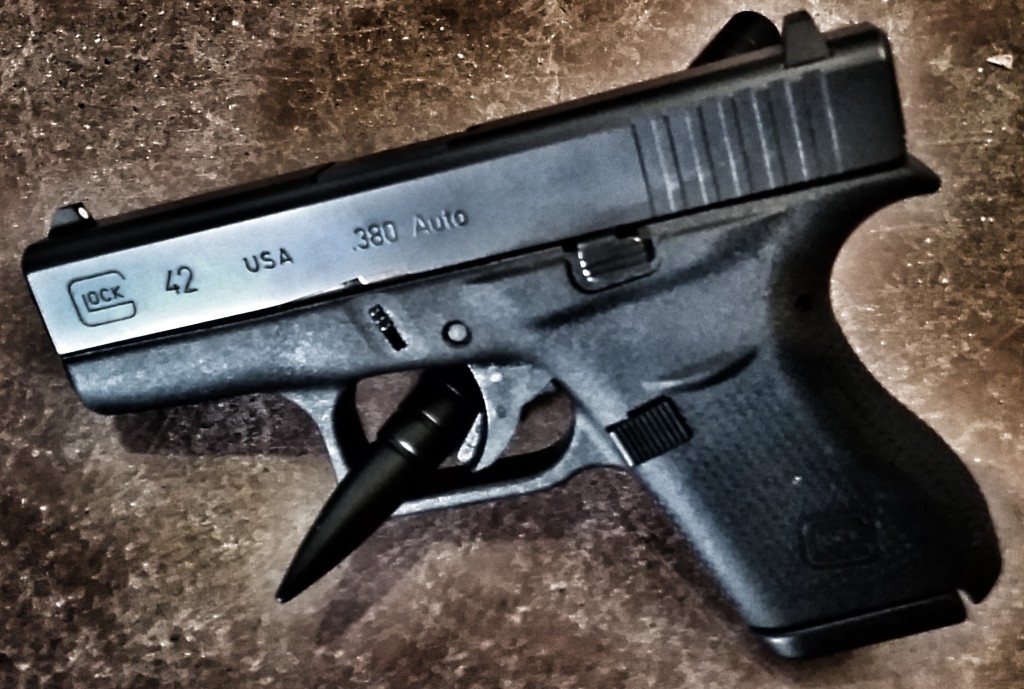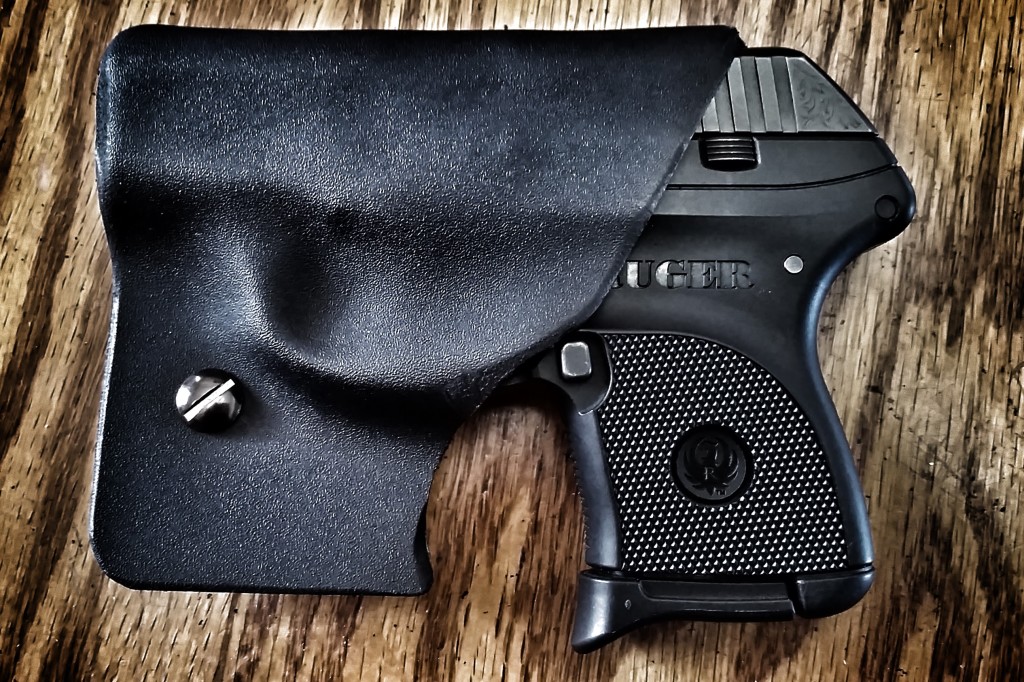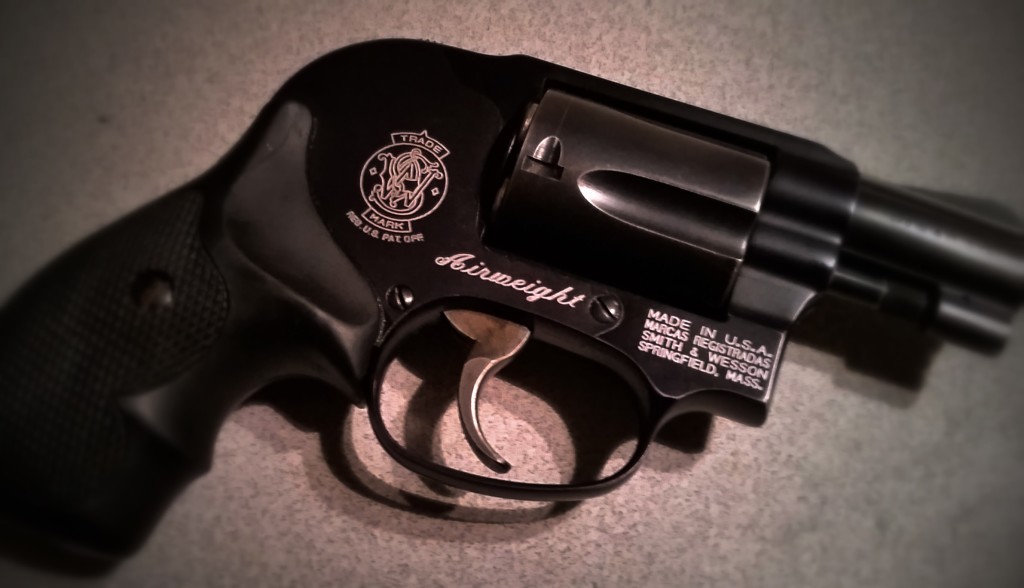One of the most frequently asked questions I get asked is “what is the best handgun for concealed carry?”
If you ask 10 different gun owners this same question, you will probably get 10 different answers. However, if you ask 10 people who are experienced personal defense firearms instructors, their answers will be very similar.
Everyone is limited by his or her own experiences, myself included. Often times we don’t know what we don’t know. I’m far from being omniscient, but I have taught defensive firearms skills for more than 20 years, and before that, I had trained with law enforcement on the range regularly for 15 more. I have also drawn from the wealth of knowledge and experience of many other instructors at high-volume defensive shooting schools, so my experience isn’t limited to just the guns I’ve shot or carried. I’ve seen just about every possible variation of gun and holster combinations come through a class. I’ve seen what works and what doesn’t.
(If you ask a gun store salesperson, you will probably find out what they are making the most profit on — I do not sell guns, though I can direct you to a few good places to buy one, as long as you go there knowing what you want.)
I know many instructors who have been teaching professionally in the private sector for decades, and most acknowledge significant evolution in their thoughts. My opinion has also changed over the years because of over three decades of personal study of defensive shootings, various opinions of top experts in the field teaching thousands of students, and countless hours of my own personal time as a student and instructor.
Most of us (experienced defensive shooting instructors) agree that the modern, polymer-framed, 9mm, high capacity, striker-fired semi-auto, with no external manual safeties, is the best type of handgun for concealed carry.
9mm is the best round for its overall effectiveness and availability, and it costs less to practice with. Please note that as far as effectiveness, I don’t believe that caliber matters as much as design. (Among the most common defensive calibers … .380, .38sp, 9mm, .40, and .45 – there is little difference according to most reliable studies.)
Any defensive firearm is a compromise of its reputation for reliability, your ability to control and shoot it well, carryability, power, capacity, accuracy, and cost.
It is impossible for one firearm to be the best in all of those categories. Choose your compromises carefully and keep in mind the priorities suggested here (in order of importance).
Reliability (the gun’s ability to function correctly 100% of the time) comes from knowing what other people are using and training with in the field, finding out what is working, and what breaks in real-life situations. Thousands of rounds in harsh environments and abuse should not cause malfunctions on a personal defense firearm. If the gun isn’t 100% reliable in these conditions it should not be a consideration. [more]
How many rounds you (or your buddy) have put through it at the target range is probably not so important.
Shootability (YOUR ability to control and shoot the gun well) will need to be tested with the firearm in your hand and live ammunition in the gun at a range. Can you load and manipulate the controls? A good instructor knows what to look for to help you here, but this is NOT just a matter of what feels good in your hand at a store [related video]. That may seem important, but most people I know who have purchased their first firearm at the recommendation of a gun store salesperson or a friend that tells you they “have the perfect gun for you”, have been painfully disappointed once they are at the range trying to use it in demanding situations.
I appreciate that a gun that feels good in your hand is a nice feeling, and it’s not a bad thing in itself. However, after working with hundreds of students, I’ve learned to downplay the importance of how a grip feels to a shooter trying out a new gun. It has little to do with how well they can shoot it.
A simple design without external manual safeties removes many points of failure when it comes to how well you can shoot a gun in a critical situation. Some people believe that you can train yourself to be able to do this, but the truth is, in a stressful situation, you will lose the fine motor skills that are usually needed to flip a safety lever and most people will (or can) not train to overcome that.
Carryability is your ability to conceal the firearm in a way that you can get comfortable enough that you will carry it every day. The weight of a polymer-framed gun in 9mm means more capacity in a smaller size.
Power and capacity have a direct effect on carryability. A rifle (with its devastating firepower and accuracy) would be the best carry gun if it weren’t so big, but we have to balance capacity with the ability to carry it. Using a pistol to stop a threat usually takes multiple well-placed shots (or as we like to call it, “a volley of fire”). If we knew in advance just how many bullets we would need that would be great, but having ‘just enough’ ammo for every probable situation is impossible to predict. I think you would agree that more is always better than not enough (since your life may depend on it), but if your gun is so large that you won’t carry it, every day, then I would rather see you carry something rather than nothing.
Cost of a new, quality, personal defense pistol averages $500 plus holster, ammunition, training time, and regular practice. The nice thing about these guns is they will last you a long time and usually don’t cost much to maintain other than regular cleaning.
My personal recommendations
#1 – The best gun for everyday concealed carry (for most people) would be the Glock 19 Gen 3 or Glock 48 for smaller hands ($449 – $499).
#2 – The Smith & Wesson M&P 9 Compact (no safety) is a close second ($425 – $450).
Both of these guns are extremely reliable, very shootable, and concealable, have a great balancing of power, recoil, and capacity, and great defensive accuracy. They are also what I would say are the easiest for any shooter to learn to shoot very well.
Glock is my first choice for several reasons;
- They pioneered this type of firearm (1982) and that is what I have personally carried since 1998 (in .40 S&W for a long time, and now in 9mm).
- It has the longest-running reputation of any firearm in its class for reliability.
- Its simpler design is easy to master, it’s easy to shoot well for most people, and it is usually less expensive to buy and outfit than others similar to it.
- Glock enjoys a commanding +65% of the market share of handguns for United States law enforcement agencies as well as supplying numerous national armed forces and security agencies worldwide.
- Because they are more common, you can also find more equipment made for them (holsters, replacement parts), for less money.
Smith & Wesson did well to copy Glock’s proven design when it produced its first polymer-framed, striker-fired pistol (so much so that they ended up having to pay Glock) and eventually (but not until 2005) improved their design in the M&P to make it very reliable and shootable (I do NOT recommend the EZ or the Bodyguard – there are NOT striker-fired & NOT available without a safety).
The M&P line has a slightly different grip shape. Some people like how that feels (see my comments on that above).
Another thing I have found that S&W did was to add options for things that I do not believe belong in a self-defense pistol; magazine disconnect (which makes the gun useless if the magazine is out) and manual external safeties. Make sure if you go with M&P you stay away from these options.
Both of these firearms have a good capacity (the double-stack models), adjustable grip sizes, and ambidextrous controls, and in 9mm, anyone can learn to shoot them well and conceal them without too much trouble.
Now, when I say “without too much trouble” I don’t mean it will be the easiest gun to conceal, or that it will be the most comfortable to carry. But, I feel that with a little practice, and some help finding the right gear, it is worth the effort in the return you get in reliability, shootability, power, and capacity.
Every other gun on this list is a compromise in shootability, power, and capacity, in exchange for easier carryability.
If the Glock 19 or M&P 9 Compact are too big for you, they have smaller versions in the Glock 48, Glock 26 or M&P 9c (both are slightly smaller versions of the above models for about the same price). The negatives with these are that they have a lower capacity and the recoil is slightly more, but they are still very shootable.
I would recommend you start with the larger versions for training and home protection. The controls are 100% the same and many holsters are also interchangeable.
One advantage to these smaller guns would be that you can carry the larger of the series’ magazine as a backup, or even as the primary magazine if higher capacity is preferred (see photo above – Glock 26 with magazine extension alongside a larger Glock 19 magazine as spare).
Some people would say that because of the slightly shorter barrel and sight radius, they are not as accurate. However, at common defensive distances, we don’t see much difference.
My current third choice and recommendation to people that are not willing to work around concealing the thickness of a double-stack Glock or M&P 9 is the Glock 48 or the M&P Shield (the model with no external manual safety). Glock is again slightly smaller, slimmer, and simpler in design, but costs significantly more.
These single-stack 9’s are much thinner than the double-stack versions but still large enough to shoot and train with and still have similar controls.
The Glock 42 in .380 (under $400) is slightly smaller and has slightly less power on your target, but also easier on recoil. This firearm is proving to be very reliable in our classes.
Springfield’s XDs 9mm is also an option, but with its grip safety (a poor design that leads to another point of failure) and high barrel center access (leading to more recoil), I think the Glock 43 or M&P Shield is a better option.
With all of the above, you should have multiple spare magazines and be prepared to work much harder training – you will need to reload two or three times as often as everyone else.
There are several other guns I recommend for various purposes but consider them to be far less reliable;
Ruger’s LCP in .380 ($300) is a very popular pocket gun, but it is not as reliable, and very difficult to shoot enough to train with. This is the gun you carry when you can’t carry a gun — everyone should have at least one. I have recently (2023) replaced my .380 version of this with the .22 version that holds 11 rounds.
Many women see this little gun and think that will be the perfect match for their smaller hands, but most also find that it is not easy to shoot. It does fit easily in your pocket (make sure you use a safe method of covering the trigger as pictured below).
Unfortunately, the LCP .380 is NOT the preferred striker-fired type gun and does not slide lock on the last round. I DO NOT recommend this as a primary carry gun and I don’t recommend it as your only firearm – most people that have shown up to a class with this have not made it through the class with it.
The Smith & Wesson 38 Airweight (pictured above ) are reliable (for a revolver) but have an even lower capacity and are even harder to reload. They have a very long and heavy trigger pull (try lifting 12 pounds of groceries with your finger) making them very difficult to keep on target and even harder to train with.
There are a lot of other brands out there, but these are currently the best in my opinion. When you go to the gun store you should know what you want before you get there.
New or used?
I recommend a new gun owner purchase their first gun new. While there are a lot of good used guns out there, there are even more unscrupulous dealers that are trying to rid themselves of someone else’s problem – especially with revolvers. Most of the guns we recommend maintain their resale value very well so if you decide you need to get something different, you can always sell it – sometimes for almost what you paid for it. If you find someone selling one of the guns at the top of our list for something well under the normal price you should be suspicious.
We can help you pick a great personal defense gun at one of our classes or a private consultation where you can learn about, handle and shoot all of these and many other firearms we have available for training.
